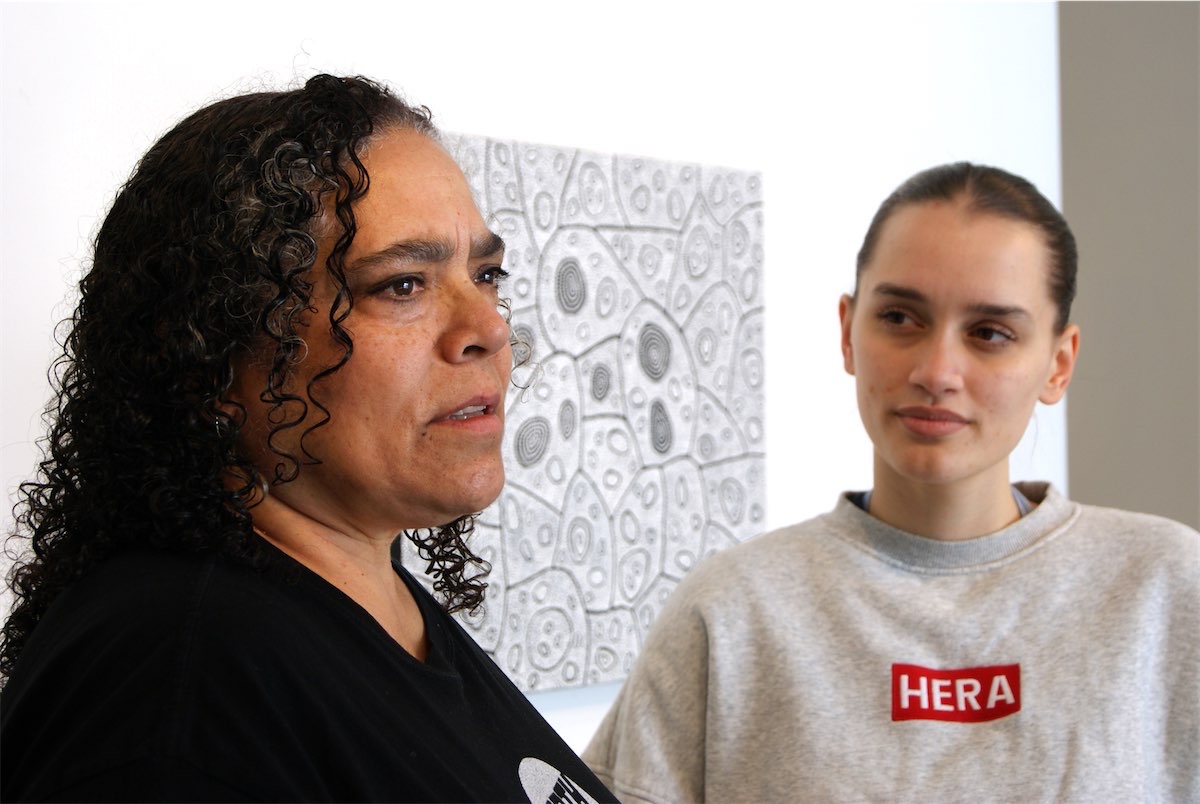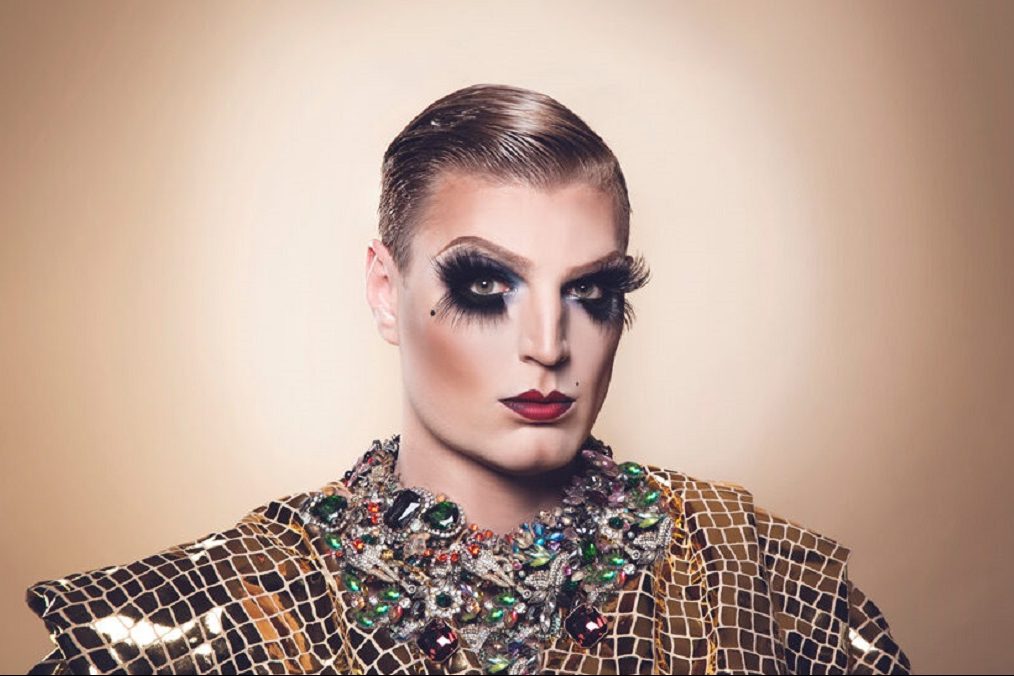
IT’S been a whirlwind two years for Canberra playwright Dylan Van Den Berg.
He’s won the 2020 Griffin and Rodney Seaborn Playwrights Awards, the 2021 Nick Enright Prize for Playwriting and the 2022 Victorian Premier’s Literary Award for drama.
He’s also become a father and the whole family, including his little daughter, recently came down with covid.

The ANU graduate in Indonesian and drama, who identifies as a Palawa Aboriginal Australian from the north-east of Tasmania, has spent the last couple of years rushing around the country on residencies, but now’s the time for us to see his work on stage, with not just one but two plays on show in Canberra.
“Ngadjung”, meaning waterhole in Ngunnawal, is billed by Belconnen Arts Centre, who commissioned the play, as “a new eco-apocalypse drama”.
The word, ratified by the play’s cultural consultant, Caroline Hughes, was presented to him as “a kind of a provocation” by Belco Arts, who asked him to write something about water and its First Nations connection.
In a curious echo of the outrageous musical “Urinetown”, recently seen at the Courtyard Studio, Van Den Berg’s new play, which runs for about 70 minutes, is set in the future where all the water has dried up and the characters have lost their connection to country.
The two characters played by Liza Maza and Kylah Day are respectively an older woman, Flick, digging in the earth to find her past and a younger generation woman, Cass, from the city.
“We have a story about how we can’t live without water,” Van Den Berg says, latching on to a universal theme, strengthened by the phenomenon of climate change.
Cass has run off from Wetco, a multicultural corporation that has invented a synthetic liquid that you can drink, but it leaves you thirsty.
She has stolen the code to the formula, wiped it from Wetco’s hard drive, and now they’re after her.
Once in a deserted dry river bed on Ngunnawal country, conjured up by designer Imogen Keen to look like a dried possum skin with skeletal trees around it, Cass runs into Flick, who remembers real water and has a connection to this place, where she was born.
There are no easy answers, but the playwright is giving it his best shot to imagine a positive scenario as the pair form an unlikely alliance.
“I see the play as a call to action; asking people to listen to how First Nations people have been maintaining this land for thousands of years,” he says.
While “Ngadjung” is in rehearsal, another Van Den Berg play, “Whitefella Yella Tree”, will take the stage at Griffin Theatre in Sydney on August 12, after which it will travel to Canberra.
The 80-minute play surfaced in the Melbourne Theatre Company’s Cybec Electric readings in February 2021 and, like “Ngadjung”, it has a title full of significance.
The “Yella Tree” refers to a strange tree, ever-present on stage, which bears a yellow, sour fruit. Actually, it’s a lemon tree – “a stand-in for colonisation,” the playwright says.
Two 16-year-old Aboriginal boys, Ty and Neddy, meet under the tree and exchange news on the arrival of the whitefella. They strike up an uneasy friendship, which blossoms into love. One of the boys doesn’t trust the whitefella but the other is taken in by the “sweet lure of colonisation”.
It’s set in a long-gone era, possibly the 19th or early 20th century but it doesn’t matter, where such a relationship isn’t marred by shame.
Christian morality, Van Den Berg believes, didn’t come in until later when religious indoctrination set in. The action is set against the background of first contact.
“But the two boys, played by Callan Purcell and Guy Simon, look and sound as if they come from today,” he says.
Like “Ngadjung”, “Whitefella Yella Tree” is for two actors only, all the other characters are off stage.
Van Den Berg was drawn to the subject matter by remarks of Anthony Mundine in 2013 that aboriginality and homosexuality do not mix.
“I knew then that it wasn’t true, so I spent a lot of time following up stories and found that queerness had a place in these traditional communities,” he says.
“So it is ridiculous to claim that all First Nations people are heteronormative.”
“Ngadjung”, Belco Arts, August 19-27, and “Whitefella Yella Tree”, Courtyard Studio, September 28-October 1.
Who can be trusted?
In a world of spin and confusion, there’s never been a more important time to support independent journalism in Canberra.
If you trust our work online and want to enforce the power of independent voices, I invite you to make a small contribution.
Every dollar of support is invested back into our journalism to help keep citynews.com.au strong and free.
Thank you,
Ian Meikle, editor




Leave a Reply